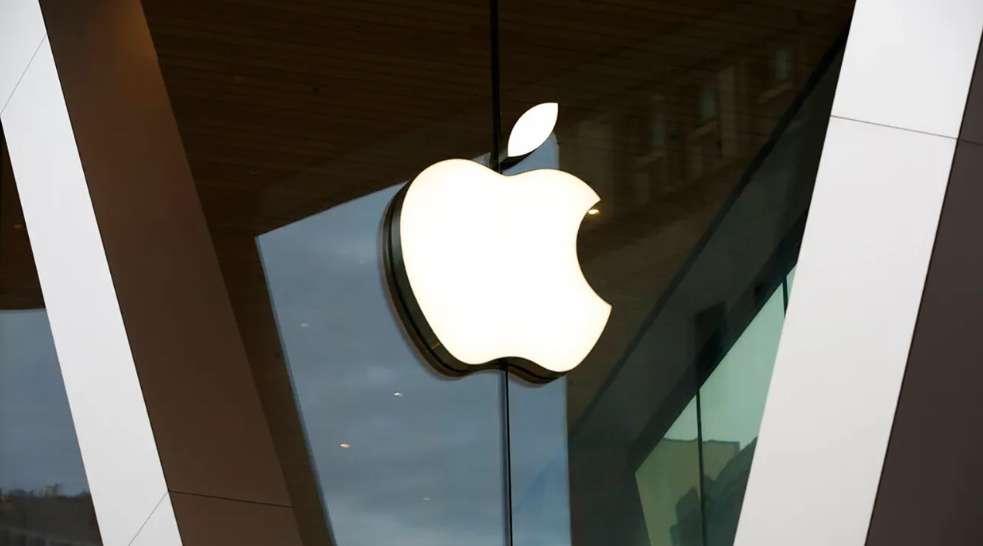Apple iPhone Demand and Supply: Upcoming iPhone 15 Launch

In the ever-evolving landscape of consumer electronics, Apple’s iPhones have consistently maintained their status as one of the most sought-after devices. The intricate dance between demand and supply for these iconic smartphones is a fascinating study in modern economics and marketing strategy. Let’s delve into the dynamic interplay between Apple’s iPhone demand and supply, exploring the factors that contribute to this delicate balancing act.